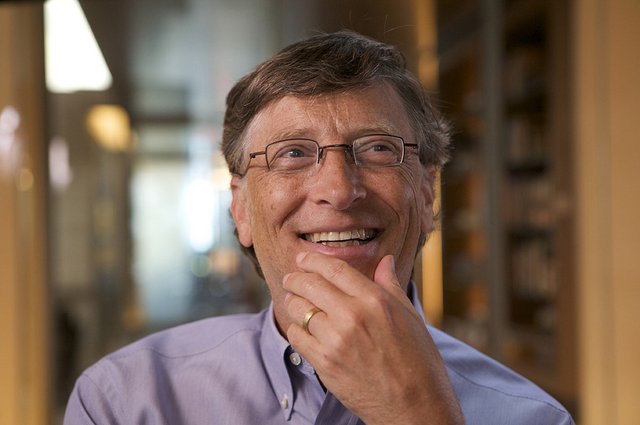Could "D"-List Stars Mean Demand for Sites like Steemit?
First published on Channels
Ponzi scheme? Pyramid scheme?
Oh, the slander!
Does the more forgiving multi-level marketing scheme sound better?
For users of sites like Channels and Steemit, these questions and accusations aren’t anything new. Anyone with deep knowledge of the business model knows these accusations are not accurate. The accusations often fail to recognize the value of time and content creation. Like Bill Gates said in 1996, “Content is King.”
That being said, the value of content relies completely on demand to consume that content. Its value appreciates as more and more consume it as well as share it with family, friends, colleagues and the public.
There is no doubt that content – often times good, sometimes lacking – is being produced on these websites at almost blinding speeds. But one question remains, would people come to the website and consume content without their primary purpose to make money themselves?
In my short experience with these websites, I’m not sure there is a clear answer. However, instead of pondering the hypothetical, lets assume for the time being that the vast majority are primarily content creators. Lets also assume that this dynamic would not lead to long-term business success for these business models. Assuming these two things, how do these sites attract individuals who are primarily content consumers?
By recruiting more content creators.
What? (hands go to the side of head come back with a patch of hair) But…he just said…huh?
Yes, content creators are the solution, however, not any content creator. These sites need to recruit content creators that can bring others who would use the site primarily as content users as people in the billions do currently with social media websites and forums.
This seems obvious. Sure, pay a Kardashian a couple of million and see your user base skyrocket. Luckily, for these sites there is no need for the Kardashians of the world to make this work.
Instead, Channels, Steemit and others should attract lower level talent that still brings in decent numbers of followers from Twitter and Facebook. People like UFC featherweight champion Max Holloway who has 118 thousand Twitter followers or Jason Jones from the TBS show The Detour who can boast of approximately 72 thousand on the same site. These are athletes, stars, celebrities and personalities that are well-known among a sub-set of fans.
Ok, but why would these people shift to some relatively unknown social media website?
It’s easy, they’ll get paid.
Think they’re above this? Think again.
According to research by Mathias Bartl at Offenburg University of Applied Sciences in Germany, to be in the top 3% on YouTube one needs to have 1.4 million views per month. These “stars” account for 90% of traffic on the video sharing website.
They must be making bank, right?
Hold on. According to Professor Bartl, the average payment to those in the top 3% is less than $17,000 a year. In the US, this means below the poverty line.
Now, some of these top 3% can garner sponsorship deals, but this still is true of a limited number of celebrities.
What are the rest to do?
This is where Channels and Steemit come in. Think Channel and Steemit wouldn’t be attractive enough to these celebrities? Remember celebrities are constantly looking for new revenue streams, especially given the potential short life of their careers. UFC fighters regularly complains of low pay when a few years ago the company banned fighters from partnering with sponsors, because they partnered with Reebok, In fact, many left for the promotion’s rival, Bellator, citing sponsorships as a main reason.
At the same time Channel and Steemit benefit from the potential of bringing thousands of new users who primary purpose is not to create content and make money. Now, we have a very clear consumer base, especially if these new users communicate with fans exclusively via these websites.
If successful, onboarding athletes and celebrities can be replicated in other markets to build the sites’ worldwide consumer base. These sites could even poll current members from these countries to direct their efforts.
In summary, Channels and Steemit are similar to companies like Uber and Lyft, which have two consumer bases. Uber and Lyft consumers bases are passengers and drivers. For Channel and Steemit the two consumer bases are content creators and content consumers. For the sake of the future of both platforms, Channel and Steemit will have to encourage high value targets of the latter in order to truly be considered a social media website and create content appreciation, which will thus increase the value of their cryptocurrencies.

